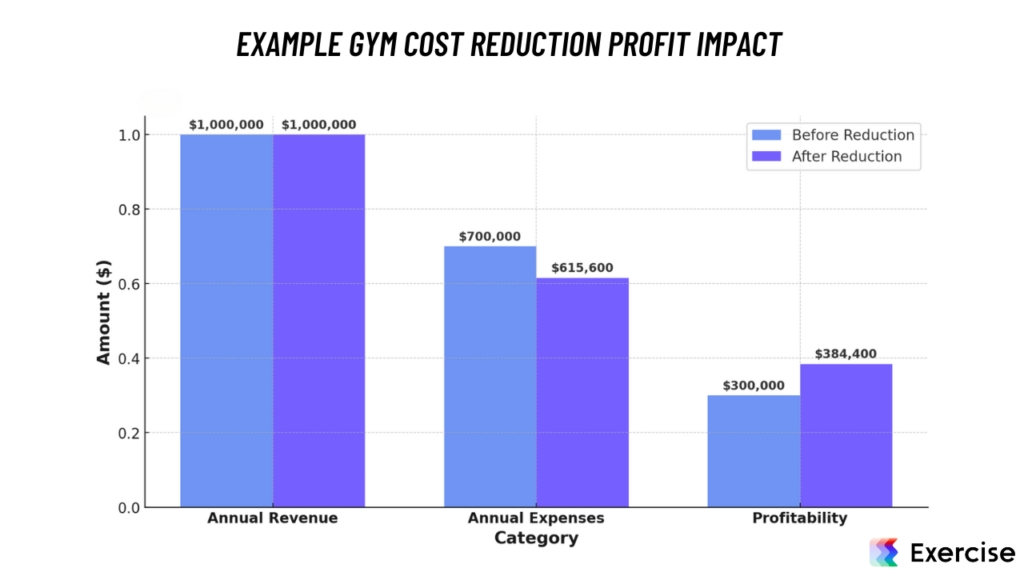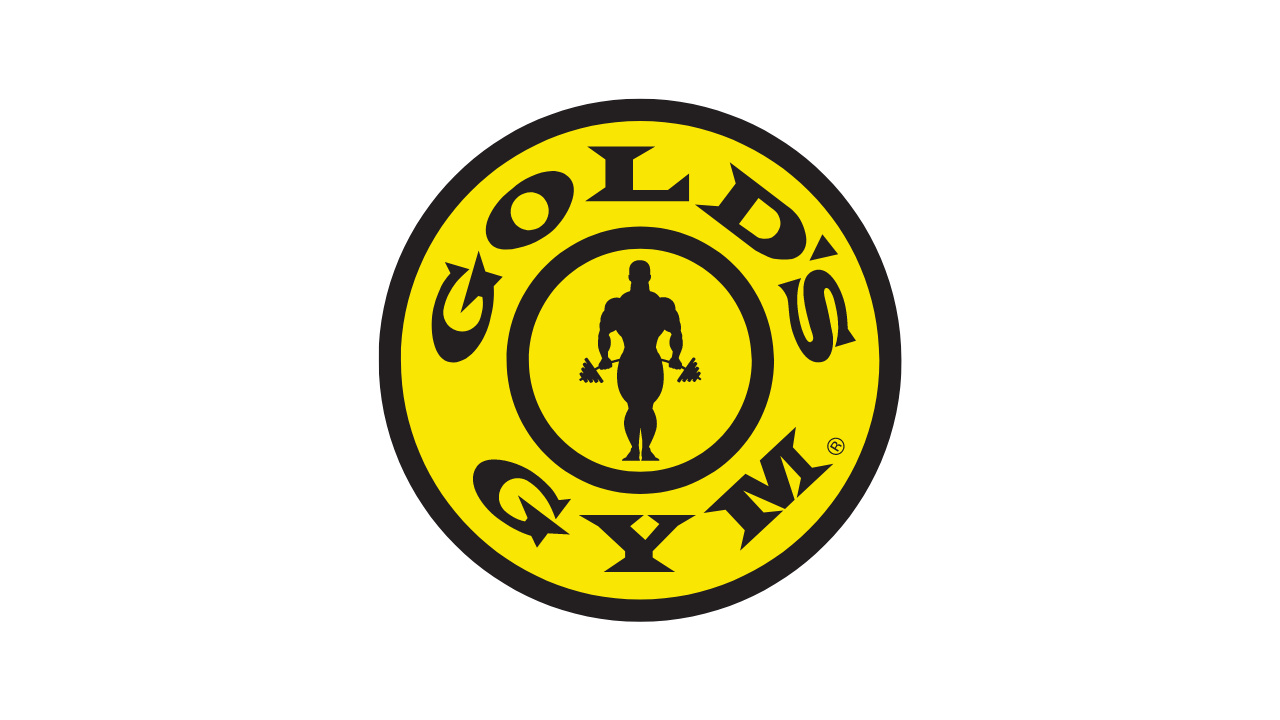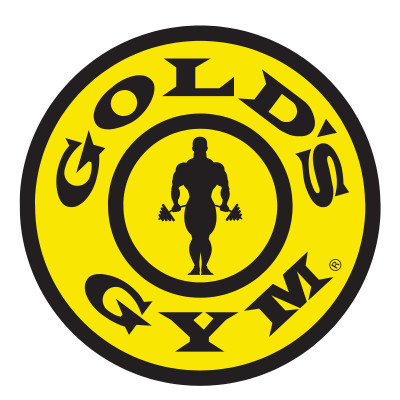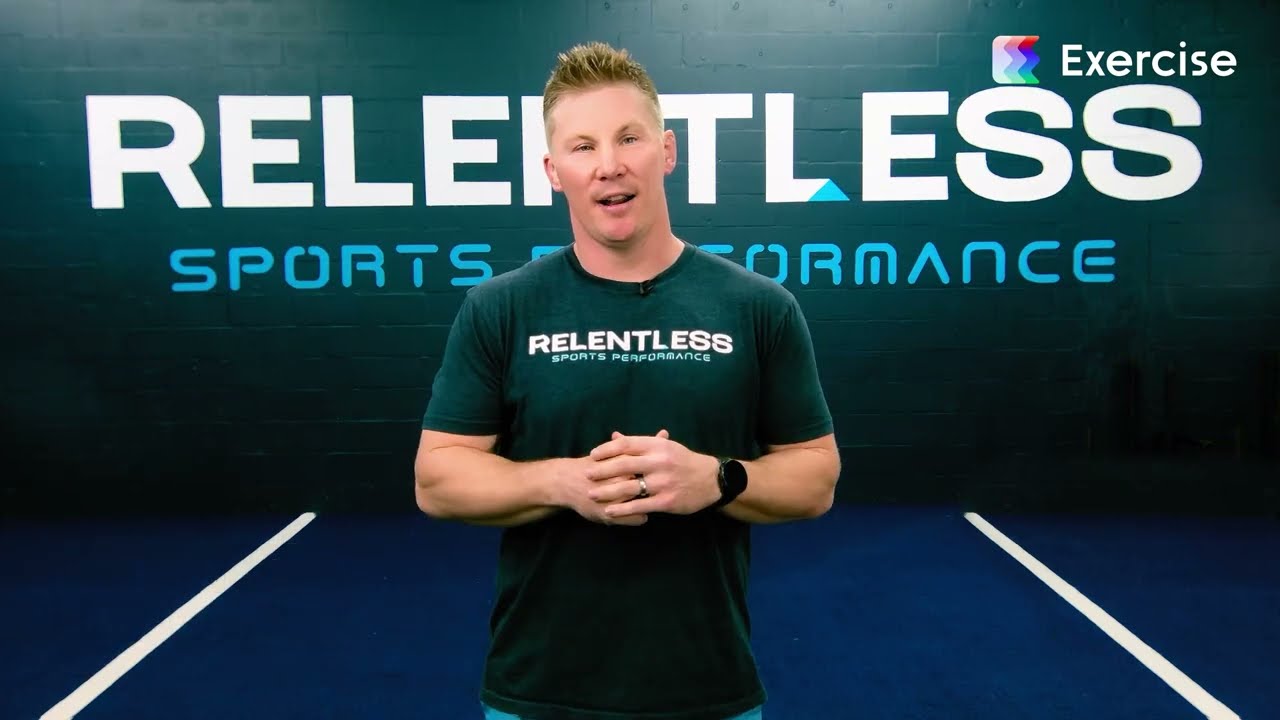Platform
Solutions
Industries
Compare
Resources
Posted by on September 19, 2024 — Updated on January 10, 2025
Learn how to reduce gym overhead costs by optimizing operations, cutting unnecessary expenses, and leveraging technology to streamline processes.

You can absolutely learn how to reduce gym overhead costs and increase gym revenue and profitability with this big list of ways to reduce gym overhead costs, some big and some small. Fitness professionals can implement a variety of gym cost-saving measures, from gym energy-efficient upgrades to gym maintenance best practices to gym smart inventory management. The gym profitability impact of reducing gym overhead expenses can be significant.

For example, with gym overhead expenses for a gym generating $1,000,000 in annual revenue there are significant costs, such as staffing, energy, and marketing, that are typical in a gym of this size, and reducing these gym overhead expenses can result in an immediate increase to gym profitability.
In this example, the current annual gym staffing cost is $400,000, with other major gym expenses such as energy ($72,000) and marketing ($60,000), which brings total gym overhead near $700,000 annually.
This leaves the gym with a profit of approximately $300,000 before the reduction in expenses ($1,000,000 – $700,000 = $300,000).
By implementing gym cost-saving strategies—such as a 10% reduction in staffing costs and a 20% reduction in gym energy expenses—the gym can save a total of $84,400 annually. This brings the total reduced gym expenses down from $700,000 to approximately $615,600.
After these reductions, the gym’s profit margin increases to $384,400, which is an $84,400 profit improvement from the previous $300,000.
| Category | Before Reduction ($) | After Reduction ($) | Difference ($) |
|---|---|---|---|
| Annual Revenue | $1,000,000 | $1,000,000 | $0 |
| Annual Expenses | $700,000 | $615,600 | $84,400 |
| Profitability | $300,000 | $384,400 | $84,400 |
On a monthly basis, these reductions mean an additional $7,033 in profit, which can be reinvested into the business, used to enhance member services, or saved to improve overall financial health.
Reducing overhead costs in key areas not only increases profitability but also strengthens long-term business stability. By using comprehensive gym management software like Exercise.com, gym owners can further streamline processes, monitor expenses, and manage resources effectively, leading to continued growth and cost efficiency.
Below are several key steps gym owners can take to reduce overhead in a gym while improving overall business performance and running a successful gym business. Utilizing the best and most comprehensive gym management software, like Exercise.com, is one of the most effective ways to cut costs by automating tasks, tracking expenses, and improving operational efficiency.


The easiest way to reduce overhead in a gym is by automating daily operations with gym management software. Manual tasks such as member sign-ups, billing, and class scheduling consume valuable time and resources. Exercise.com gym management software offers an all-in-one platform to automate these processes, significantly reducing the labor costs associated with managing these tasks manually.
By integrating Exercise.com, you save not only on time but also on the potential errors that come with manual processes. It also allows you to allocate resources more effectively, focusing on delivering a superior gym experience.
Read More:
Energy consumption is one of the highest operating costs for gyms. By upgrading to energy-efficient equipment and lighting, you can drastically reduce your energy bills. LED lights, programmable thermostats, and energy-efficient gym equipment can all contribute to significant savings in the long run.
These small gym upgrades can result in significant cost reductions over time. While the initial investment may be higher, the long-term savings on energy bills make it worthwhile. Additionally, promoting your gym as environmentally friendly can attract a broader customer base, adding value to your services.
Read More: Gym Lighting Guide
Labor costs are one of the largest overhead expenses for gyms. Streamlining gym staff scheduling by matching staff hours to peak gym times ensures you’re not overstaffed during slow periods. This not only reduces gym payroll costs but also boosts gym staff productivity.
Effective gym staff management means fewer wasted labor hours and a more efficient gym operation. Plus, by analyzing traffic patterns, you can ensure your gym is adequately staffed when it’s busiest, improving customer service while keeping costs in check.
Read More: Best Gym Staff Management Software
Investing in preventative maintenance for gym equipment may seem like an added cost, but it saves money in the long run by reducing the need for costly repairs and replacements. Routine maintenance also prolongs the lifespan of your equipment, reducing the frequency of purchasing new machines.
By ensuring your equipment stays in top condition, you not only save on repair costs but also provide a better experience for your members, minimizing downtime and maximizing the use of your assets.
Read More: Gym Equipment Depreciation Guide
Traditional advertising methods, such as print ads and direct mail, can be expensive and often less effective than digital marketing strategies. By focusing on online marketing, you can significantly reduce your marketing budget while reaching a larger audience.
Digital marketing offers a cost-effective way to promote your gym and reach a broader audience. Exercise.com includes built-in the best gym marketing software tools that make it easy to create email campaigns, manage social media promotions, and track the effectiveness of your digital marketing strategies—all from one platform.
Read More:
Instead of hiring full-time gym employees for tasks like accounting, cleaning, or marketing, consider outsourcing these non-essential functions. Outsourcing allows you to pay only for the services you need, when you need them, without the ongoing costs of full-time salaries and benefits.
Outsourcing allows you to focus your full-time staff on core business functions, while saving on the overhead costs associated with non-essential roles. This can also lead to better service in these areas, as specialists are often more skilled than general in-house staff.
Read More:
Reducing gym overhead costs doesn’t have to mean sacrificing quality. By implementing solutions like automation with Exercise.com’s gym management software, upgrading to energy-efficient equipment, optimizing staff schedules, and leveraging digital marketing, you can create a more cost-effective business model while still delivering top-tier service. Exercise.com’s all-in-one platform is designed to help you manage and grow your fitness business efficiently, reducing overhead and boosting profitability.
To see how Exercise.com can help you cut costs and improve your gym’s efficiency, book a demo today!


One effective way to reduce overhead costs is by offering hybrid gym memberships that combine in-person and online services. This allows you to serve more members without needing to expand your physical space, reducing the need for costly facility upgrades or additional equipment.
By offering a hybrid gym membership approach, you can maximize your gym’s space while catering to a variety of member preferences. Exercise.com’s platform makes it easy to manage both in-person and virtual services seamlessly, helping you to expand your offerings without increasing your physical footprint.
Read More:
One often-overlooked way to reduce health club costs is by renegotiating gym vendor contracts. Whether it’s equipment suppliers, maintenance services, or software providers, you may be able to negotiate better terms that reduce your overall expenditures.
Regularly reviewing and renegotiating contracts with vendors can lead to significant cost savings over time. You can reduce costs at gym contract renewals with all vendors if you simply keep track of them. Exercise.com offers features like expense tracking and analytics to help you stay on top of vendor contracts and identify areas for cost-cutting.
If your gym has extra space that’s not being used to its full potential, consider subletting it to another business. Renting out space to yoga instructors, massage therapists, or nutritionists can provide an additional revenue stream while offsetting your rent and utility expenses.
Subletting space helps cover some of your overhead costs, and it also brings more foot traffic to your gym, potentially attracting new members. Exercise.com can manage bookings, track payments, and streamline the scheduling of your sublet spaces all in one platform.
Read More:
Utility bills, including water, electricity, and heating/cooling, are a significant part of gym overhead costs. By monitoring and optimizing utility usage, you can lower these bills and reduce the environmental impact of your business.
These small adjustments can accumulate into large savings over time. Exercise.com can help you track usage trends and pinpoint opportunities for further utility savings, all while managing the core operations of your gym.
Read More: How to Reduce Gym Utility Expenses
Another effective way to reduce gym overhead costs is by optimizing your gym membership pricing. By analyzing data on membership usage and cancellations, you can adjust your pricing tiers to better reflect member habits and preferences, ensuring you maximize revenue without over- or undercharging.
Pricing is one of the most direct ways to influence your revenue and cover overhead costs. Exercise.com’s reporting tools make it easy to analyze member behavior, identify trends, and adjust your pricing strategy to ensure that you’re offering the most profitable membership options.
Read More:
Reducing gym overhead costs is about making smart, strategic decisions that optimize efficiency while maintaining a high level of service. Whether through automating processes with Exercise.com’s gym management software, subletting unused space, or renegotiating vendor contracts, there are numerous ways to cut costs without compromising the quality of your offerings. Each of these steps can significantly lower your overhead while keeping your members happy and engaged.
If you’re ready to streamline your operations and maximize your savings, book a demo with Exercise.com today!


One of the most effective and low-cost ways to attract new members is through a gym referral program. By incentivizing your current members to bring in friends and family, you can reduce the need for expensive advertising and marketing campaigns. Referral programs can create a steady flow of new members without the high costs associated with traditional marketing methods.
Referral programs are not only cost-effective but also help build a strong community within your gym. Exercise.com’s platform makes it easy to track and manage referral programs, rewarding both the referrer and the new member automatically.
Read More:
Instead of hiring full-time staff to teach group fitness classes, consider outsourcing these services to independent contractors. This gives you more flexibility with class scheduling and reduces overhead costs related to salaries, benefits, and full-time staff requirements. You can still offer a wide range of group fitness options without the ongoing costs of full-time employees.
Using independent contractors for group fitness not only saves money but also keeps your class offerings fresh and diverse, which appeals to a broader member base. Exercise.com’s gym management software allows you to easily schedule and track contractor hours, payments, and class attendance.
Going paperless is a simple way to reduce costs associated with printing, storage, and document management. Transitioning to digital processes will not only cut down on expenses but also improve operational efficiency, member experience, and environmental sustainability.
A paperless gym is more streamlined and environmentally friendly, with the added benefit of reducing administrative costs. Exercise.com provides the tools needed to manage everything digitally, from member sign-ups to billing, ensuring a smooth transition to a paperless model.
Read More: Best Gym Booking Software
Fitness equipment is one of the biggest expenses for any gym. Instead of buying new equipment outright, consider leasing it. Leasing allows you to access high-quality, up-to-date equipment without the significant upfront investment. Additionally, leasing typically includes maintenance, which can save you from costly repairs.
Leasing can provide greater financial flexibility while ensuring your gym remains equipped with the latest fitness technology. Exercise.com can track your equipment’s usage and maintenance needs, helping you manage leased equipment more efficiently.
Read More: Should my gym buy or lease equipment?
Hiring a full-time administrative assistant to handle tasks like scheduling, customer service, and membership management can be costly. Instead, consider using virtual assistants (VAs) to handle these tasks remotely. Virtual assistants can work on an as-needed basis, reducing payroll costs while ensuring administrative work is handled efficiently.
By using VAs, you can reduce the costs of hiring and maintaining an in-house administrative team. Exercise.com’s platform simplifies member management, class scheduling, and billing, making it easier for virtual assistants to handle these tasks efficiently.
Gym insurance is a necessary expense, but you may be paying more than you need. Reassessing your insurance coverage can help you identify areas where you can reduce costs while still maintaining adequate protection for your gym, staff, and members.
By regularly reviewing your insurance policies and shopping around for better rates, you can cut costs at gym insurance renewal while still protecting your business from potential risks. Exercise.com helps you track key business metrics, ensuring you have the data needed to make informed decisions about your coverage.
Read More:
Reducing overhead costs is a key strategy for running a profitable gym. Whether it’s by adopting a hybrid membership model, outsourcing group fitness classes, going paperless, or reassessing your insurance, there are many ways to cut expenses while maintaining a high-quality member experience. Using Exercise.com’s gym management software can help streamline operations, reduce manual labor, and optimize the financial performance of your gym.
To learn more about how Exercise.com can help you save money and grow your fitness business, book a demo today!


Overhead expenses in a gym include rent or mortgage payments, utilities (electricity, water, heating/cooling), employee salaries, insurance, equipment maintenance, cleaning services, and marketing costs. These expenses must be carefully managed to ensure profitability. Gym management software like Exercise.com can help automate processes and reduce operational costs.
The running costs of a gym include ongoing expenses such as rent, utilities, equipment maintenance, staff salaries, insurance, and marketing. Other costs include software for managing memberships and payment processing. Running costs vary depending on the size and location of the gym. Using Exercise.com to streamline operations can help reduce costs and improve efficiency.
Normal overhead costs in a gym typically range between 60% and 80% of total revenue, depending on factors like location, size, and staffing needs. Common overhead costs include rent, utilities, payroll, equipment maintenance, and insurance. Exercise.com can help manage these expenses by automating billing, class scheduling, and member management, reducing administrative overhead.
Owning a gym can be highly profitable, with profit margins ranging from 10% to 30%, depending on member retention, services offered, and cost management. Maximizing profitability requires efficient operations, strong marketing, and offering additional services like personal training. Gym management software like Exercise.com helps increase efficiency and member engagement, improving overall profitability.
Read More:
Overhead for a gym is calculated by totaling all fixed and variable costs, such as rent, utilities, payroll, and insurance, and then dividing these expenses by the gym’s total revenue. This gives you an overhead percentage, which should ideally be between 60% and 80% for a healthy gym business. Exercise.com helps track and manage these costs, allowing gym owners to calculate overhead accurately.
Owning a gym is typically not passive income, as it requires active management of staff, members, equipment, and operations. However, using software like Exercise.com can help automate many tasks, making it easier to manage the gym remotely and potentially reduce the hands-on workload.
Read More: What is passive income in fitness?
The average expenses for a gym owner vary, but typical costs include rent, utilities, payroll, equipment maintenance, marketing, and software. On average, gym owners may spend between $10,000 to $50,000 per month on operational expenses, depending on the size and location of the gym. Exercise.com helps reduce operational costs by automating many administrative tasks, improving cost efficiency.
Read More: What is the average expense of a gym owner?
The monthly cost to run a gym can range from $10,000 to $50,000, depending on factors like location, size, staffing, and equipment needs. Major expenses include rent, utilities, payroll, insurance, and marketing. Exercise.com can help lower these costs by automating processes like billing, scheduling, and member management.
Read More: What is the total monthly cost of running a gym?
An acceptable gym overhead percentage is typically between 60% and 80% of total revenue. This includes all operational expenses such as rent, utilities, payroll, and insurance. Keeping overhead in check is essential for profitability, and using a gym management system like Exercise.com can help reduce overhead by automating administrative tasks.
A good profit margin for a gym is typically between 10% and 30%, depending on how efficiently the gym is managed. High member retention, offering additional services like personal training, and controlling operational costs all contribute to a higher profit margin. Exercise.com helps increase profitability by streamlining operations and improving member engagement.
Read More: What is a good profit margin for a gym?
The success rate of gyms varies, but around 80% of gyms remain open after one year, with many achieving profitability within two to three years. Success often depends on location, member retention, and how well the gym controls costs. Using gym management software like Exercise.com can increase a gym’s success rate by automating operations and boosting efficiency.
Read More: Reasons Gyms Fail
Boutique gyms and fitness studios offering specialized services like yoga, Pilates, or personal training tend to be the most profitable due to higher membership fees and personalized services. These gyms often have smaller overhead costs and can charge premium prices. Exercise.com helps manage boutique gyms efficiently, optimizing scheduling, billing, and customer engagement.
Read More: What type of gym is the most profitable?
To open a gym, you’ll need a business plan, funding, a suitable location, gym equipment, and staff. You’ll also need to manage operations, such as memberships, scheduling, and payment processing, which can be done using gym management software like Exercise.com. Ensuring that your gym is set up with efficient operational processes and a solid marketing plan is key to long-term success.
Read More: How do I open a gym?
The cost to open a gym varies, but on average, it ranges from $100,000 to $500,000, depending on factors like location, equipment, staffing, and facility size. Expenses include gym equipment, leasing, utilities, insurance, and marketing. You can lower costs by leasing equipment and using software like Exercise.com to manage operations efficiently.
Read More: How much does it cost to open a gym?
The pros of owning a gym include flexible working hours, potential for high profitability, and the ability to help people achieve their fitness goals. The cons include high startup and operational costs, managing staff and member retention, and the potential for competitive pressure. Using a gym management platform like Exercise.com can reduce operational challenges, making ownership more manageable and profitable.
Read More: What are the pros and cons of owning a gym?
To increase gym profitability, focus on retaining members, upselling services like personal training, and optimizing operational efficiency. Offering group classes, online training, and retail products can also boost revenue. Reducing overhead costs by using efficient management software like Exercise.com helps increase profits by streamlining operations and reducing expenses.
Read More: How do I increase gym profitability?
A standard gym expenses list includes rent, utilities, payroll, insurance, equipment maintenance, marketing, and software. Other expenses may include cleaning services, membership management tools, and event hosting. Exercise.com helps manage many of these expenses by automating tasks like billing, scheduling, and member engagement, reducing overhead.
For small boutique gyms, monthly overhead costs can range from $10,000 to $20,000, while larger gyms may have overhead costs of $30,000 to $50,000 or more. These costs include rent, utilities, staff salaries, and equipment maintenance. Exercise.com helps manage these expenses by providing tools to streamline administrative tasks and reduce operational costs.
The total monthly cost of running a gym typically ranges from $10,000 to $50,000, depending on the size of the gym, location, and services offered. Key costs include rent, utilities, payroll, insurance, and marketing. Using gym management software like Exercise.com can help reduce costs by automating many operational tasks.
Read More: What is the total monthly cost of running a gym?
A gym overhead costs calculator helps you estimate your monthly expenses, including rent, utilities, payroll, and equipment maintenance, based on your gym’s size and location. To use one, input your fixed and variable costs, and it will calculate your total overhead. Exercise.com helps track and manage these costs, providing reports that give you a clear view of your gym’s financial health.
The cost for full gym equipment when starting a gym can range from $50,000 to $150,000, depending on the size of the facility and the type of equipment. Leasing equipment can help reduce upfront costs. Exercise.com helps track equipment usage and maintenance, ensuring your investment is well-managed and operationally efficient.
To save money on commercial gym equipment, consider leasing instead of purchasing, buying second-hand equipment, or purchasing from wholesalers. Regular maintenance can also extend the lifespan of your equipment, reducing long-term costs. Exercise.com can help track equipment usage and maintenance schedules to ensure your investment lasts longer.
Read More:
The average gym electricity bill can range from $1,000 to $3,000 per month, depending on the size of the facility and the number of equipment pieces running continuously. Energy-efficient lighting and HVAC systems can help reduce electricity costs. Exercise.com helps manage your gym efficiently, allowing you to monitor operational costs and reduce unnecessary energy usage.
The best gym management software like Exercise.com helps reduce overhead costs by automating administrative tasks such as scheduling, billing, and member communication. By reducing the need for manual work, you save on staffing costs. Additionally, the software streamlines operations, reduces paperwork, and enhances efficiency, which directly cuts down overhead and improves your gym’s profitability.


 Tyler Spraul
Tyler Spraul